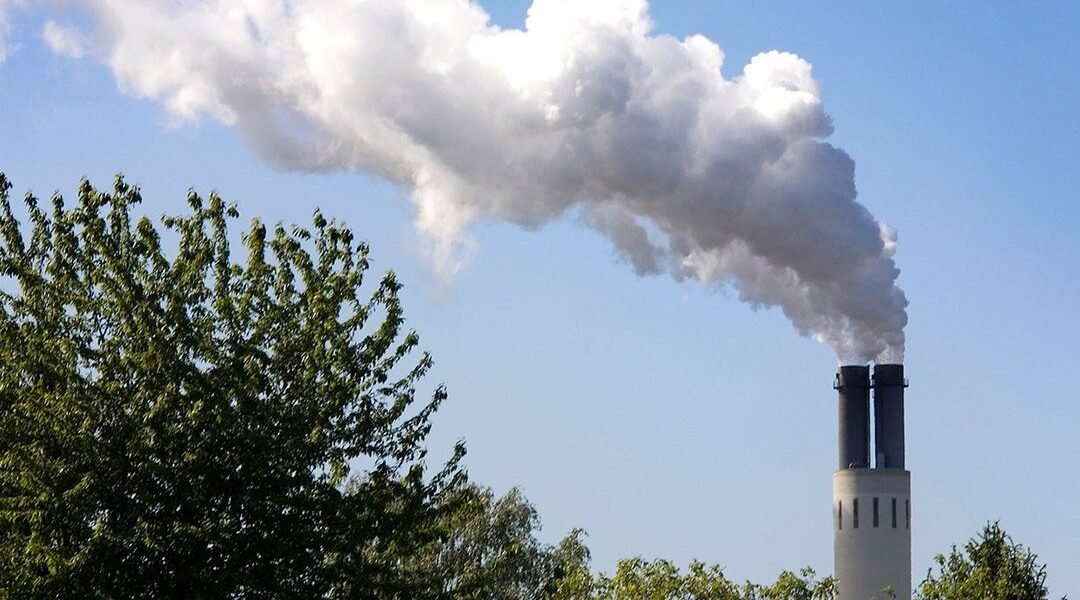‘Carbon’s social cost is up to three times higher than estimated – but a carbon tax doesn’t address climate justice at all’
Billy Pizer is a research professor of public policy at Duke University and a former senior economist for the environment at the White House Council of Economic Advisers. Speaking to Srijana Mitra Das, he discusses ways to measure the costs of climate change – and timely mitigations:
Q. What is the core of your research?
A. Most of my work and a large part of the studies at Resources for the Future (RFF) where I’m Vice President for research focuses on how we can design better policies and make improved decisions about reducing greenhouse gas emissions and mitigating climate change along with measuring its Impacts and choosing adaptations.
Q. Please tell us about your work on measuring the benefits of future climate mitigations in current terms.
A. This is one of the reasons why climate change is such a hard and interesting problem. Its consequences are not felt by the same people necessarily who need to do the work to reduce these. One dimension is that current generations have to spend resources now to reduce climate impacts which will last for centuries when we emit carbon dioxide, the warming effects persist with temperature increases for a very long time. But people, businesses, and societies tend to think about things in the future differently than what happens. today-we discount things which are further away in time. One reason is that people in general tend to anticipate being wealthier in the future, so, a dollar in the future may be worth a little less, given that rise in wealth. To navigate such thinking, you need to help people accurately understand what global warming’s consequences really look like this explains the data now on extreme weather events like heat waves, reduced agricultural yields, lowered worker productivity, etc. Making these consequences appear more real and then putting a value on them is challenging but we have tools in economics which can estimate how much people value these today and how much they discount the future based on market-based evidence, like the interest rates they get when they save money and the additional compensation when they collect this in the future. We then calculate how much of a return they’d get if they made an investment in climate change mitigation, the same way as if they’d put money in the bank.
“The conversation about carbon leakage is growing because mitigation attention has shifted now from electricity and transportation to industrial production and cleaning up heavy industries – leakage and competitiveness effects are bigger concerns here”
Q. Can you tell us about your findings on the social cost of carbon?
A. The first part of that work was improving the way we model the future with much more evidence-based empirical estimates of economic growth, global warming’s impacts, etc. That raised the social cost of carbon or the damages from a ton emitted today. We also recognized the evidence in the market over the last two decades which showed rates of return were lower on government bonds and private sector high-quality bonds – this also reflects a lower return required for climate change mitigation investments. A lower discount rate for the future based on market occurrences and a more detailed investigation of the value of global warming’s consequences raise the social cost of carbon by two to three times.
Q. What do you term ‘carbon leakage’ – and does climate justice figure here?
A. We’ve studied how when a country or jurisdiction acts ambitiously on climate mitigation by itself, it’s likely some of the emissions reductions in the ambitious jurisdiction will reappear in trading partners. If A, for instance, starts using less fossil fuels, that could lower the price and other economies then buy more of them that’s one kind of carbon leakage. Another example is if A tries to clean up its industrial sector, including steel, cement, and chemicals. That may increase the cost of producing these goods thus, their production could shift to less regulated jurisdictions. This is product leakage or competitiveness effects with this goes not only emissions, but jobs, production and other strategically important economic outcomes. This conversation is growing now because, in recent years, mitigation attention has shifted from electricity and transportation to industrial production and cleaning up heavy industries -this is where leakage and competitive effects become a much bigger concern.
Alongside, climate equity looms large. Its first aspect is equity in the transition which, in the US, is recognising that certain communities tended to bear unequal burdens from past environmental hazards. There is a desire to ensure the benefits of climate mitigation are felt more equitably now. The second issue is the international dimension-poor countries may suffer more warming impacts and need additional resources from rich economies, which did use more fossil fuels to grow, to develop cleaner production. But this is more complicated because, unlike national entities, there is no international government to arbitrate.
“People, businesses and societies tend to discount things which are further away in time – this makes climate change such a hard problem”
Q. How do you view the proposed European Union carbon tax apropos climate effectiveness and justice?
A. I believe a carbon tax at some level is a useful tool but unlikely to be sufficient. It can be effective at reducing emissions but by itself, it does not address justice at all-more generally, by itself, it may not be the most effective way to reduce emissions when the goal is net-zero. Views expressed are personal
Source – Economic times




